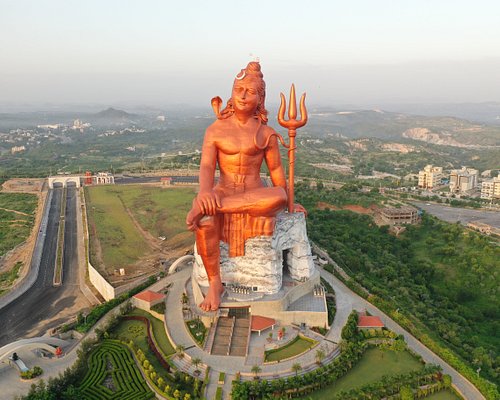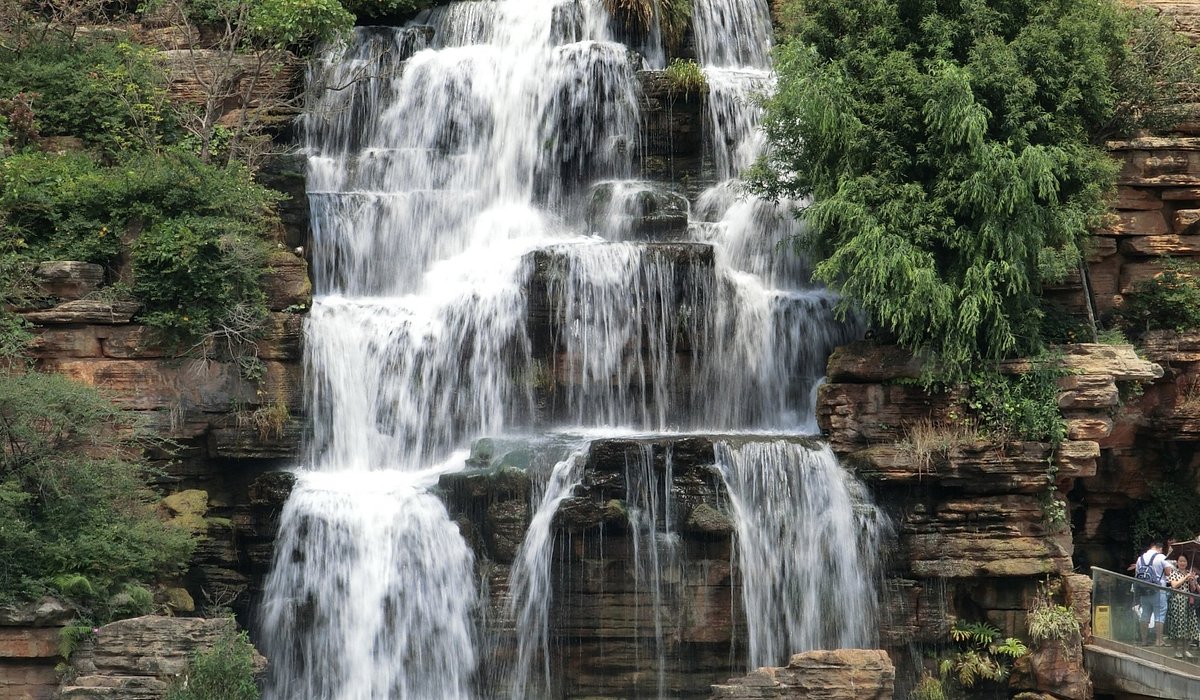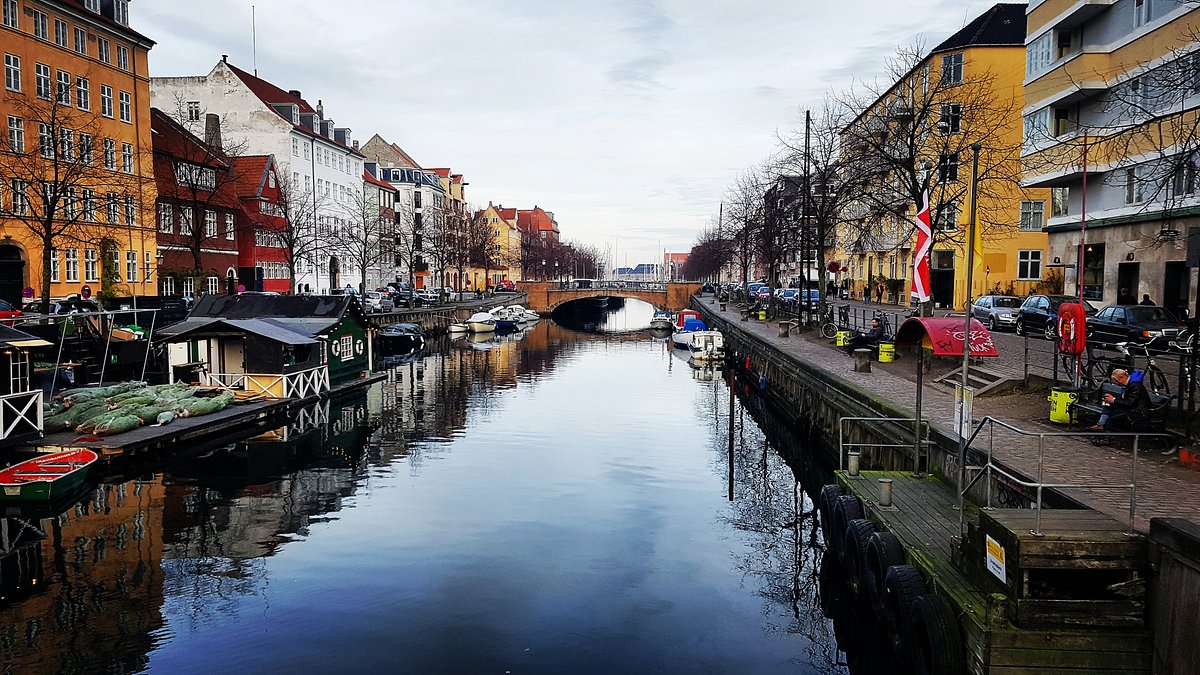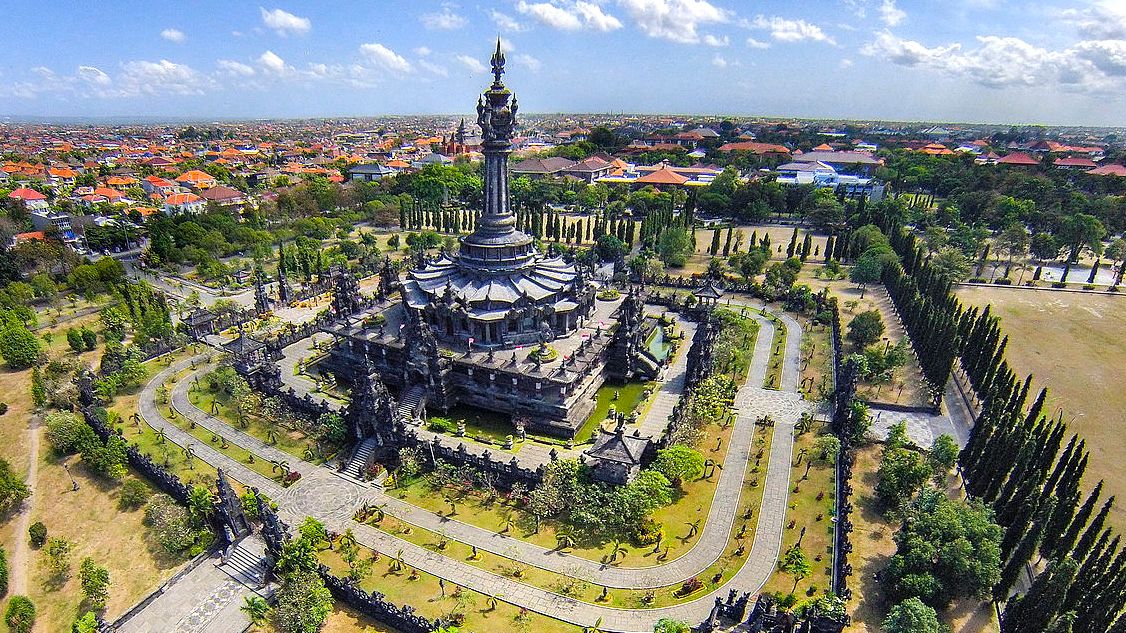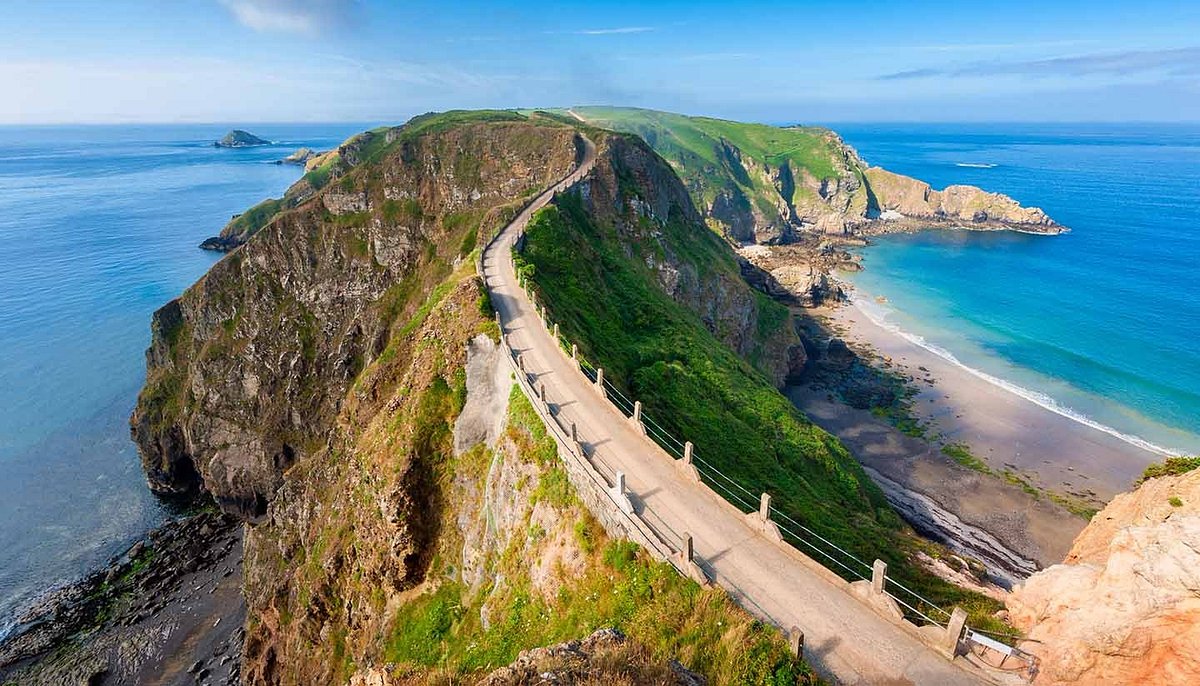Rajsamand District in southern Rajasthan brings together royal grandeur, spiritual calm and natural beauty. Named after its historic lake, the region boasts attractions that range from ancient forts to living temples and sweeping wildlife reserves. If you’re planning a trip here, start with these five top destinations—and get ready to be captivated.
1. Rajsamand Lake
This is the heart of the district—and a marvel of 17th‑century engineering. Built by Maharana Raj Singh, the lake spans a wide catchment fed by three rivers. It features white‑marble ghats and terraces that glow golden at sunset. Perfect for relaxed strolls or quiet family outings, the lake offers reflective views, tranquil vibes, and glimpses of local life along its shores.
Insider tip: Visit at sunrise or sunset to catch the water and marble steeped in soft light. You’ll also see local fishermen at work along the gentle steps.
2. Kumbhalgarh Fort
A UNESCO‑recognized stronghold and birthplace of Maharana Pratap, Kumbhalgarh sits atop the Aravalli Range. Built in the 15th century by Rana Kumbha, its mighty 36‑km long wall snakes over the hills—second in length only to China’s Great Wall .
Inside, the fort complex contains:
- Golerao Jain Temples, nine intricately carved sanctuaries
- Neelkanth Mahadev Temple, dedicated to Shiva, with a four‑faced design and evening light show
Don’t miss: The panoramic murmur of wildlife and footsteps echoing through ruins at dawn or dusk.
3. Haldighati & Chetak Samadhi
The dramatic pass of Haldighati is where Maharana Pratap faced Mughal forces in 1576. Its nickname comes from the turmeric‑colored soil that paints the landscape .
Nearby, you can visit the Chetak Samadhi—a memorial to Pratap’s valiant warhorse. Erected near Balicha village, it’s recognized as a protected monument.
Insight: Guided local storytelling brings alive the courage and drama of the battlefield—ideal for history lovers and photographers alike.
4. Dwarkadhish Temple, Kankroli
Standing on a high bank of Rajsamand Lake, Dwarkadhish Temple honors Krishna as the guardian of Dwarka. Established in 1676 by Maharana Raj Singh, this Krishna temple reflects Mewar architecture and draws pilgrims during festivals like Janmashtami and Holi .
The temple interior is rich with tradition and vibrant art, and it’s a great addition to a trip focused on architectural heritage and devotion.
5. Kumbhalgarh Wildlife Sanctuary
This sanctuary encircles the Kumbhalgarh Fort within the Aravalli hills, covering over 610 km² of dry deciduous forest and rocky terrain . You can spot everything from sloth bear and leopard to nilgai, wolves, chinkara, hyena and a host of birds.
Best time to visit: November to March. Safari vehicles and guided trails are available from nearby towns, giving you a chance to enjoy wildlife with a backdrop of deep‑green hills.
✦ Planning & Practical Tips
- Getting here: Rajsamand town lies about 67 km north of Udaipur airport; train access is through Kankroli. Regular buses connect to Jaipur, Udaipur, Ahmedabad, Delhi and more
- How long to stay: Plan at least 2–3 days. A relaxed itinerary could include the lake and Kankroli on day one, followed by a day trip covering Kumbhalgarh Fort, Sanctuary, and Haldighati.
- Timing: October–March is best for weather and wildlife sightings. Summers can be hot, but early mornings and sunset hours across major sites remain pleasant.
- Stay options: You’ll find comfortable hotels and homestays in Rajsamand town, while heritage‑style resorts near Kumbhalgarh offer charming stays amid landscaped courtyards.
Why Rajsamand Stands Out
Rajsamand District is more than a stopover—it’s a complete experience. Rivers meet marble ghats. Forts stand strong in green hills. Spirituality lives in ancient temples on the lake’s edge. There’s wildlife in broken paths and living memory in battlefield passes.
Each site adds to a bigger story of Mewar’s culture, pride, and natural grandeur.
What Should You See First?
| Place | Highlight |
|---|---|
| LeoRajsamand Lake | Peaceful beginnings with marble architecture |
| Kumbhalgarh Fort | Historical epicenter and mighty city on a hill |
| Haldighati & Chetak Samadhi | Heated moments of valor frozen in time |
| Dwarkadhish Temple | Colorful devotion beside shimmering lake |
| Wildlife Sanctuary | Wild encounters wrapped in ancient wilderness |
Final Word
Rajsamand is a blend of heritage, nature, and faith set against red‑earth hills and blue water. It’s ideal for travelers who love photoops, local culture, and stories carried by walls and temples. Cover the five must‑see spots listed here—then wander off for other discoveries: Eklingji and Nathdwara temples nearby, or peaceful countryside for walks and crafts.
